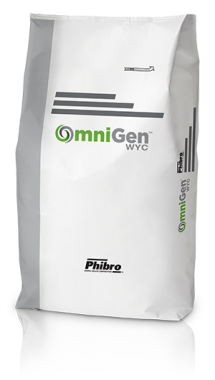Udder Health, Milk Yield and Milk Quality
University of Georgia Study Evaluates Holstein Heifers Fed OmniGen® AF from Five Months Until Freshening, Measures Impact on Mastitis, SCC and Milk Yield
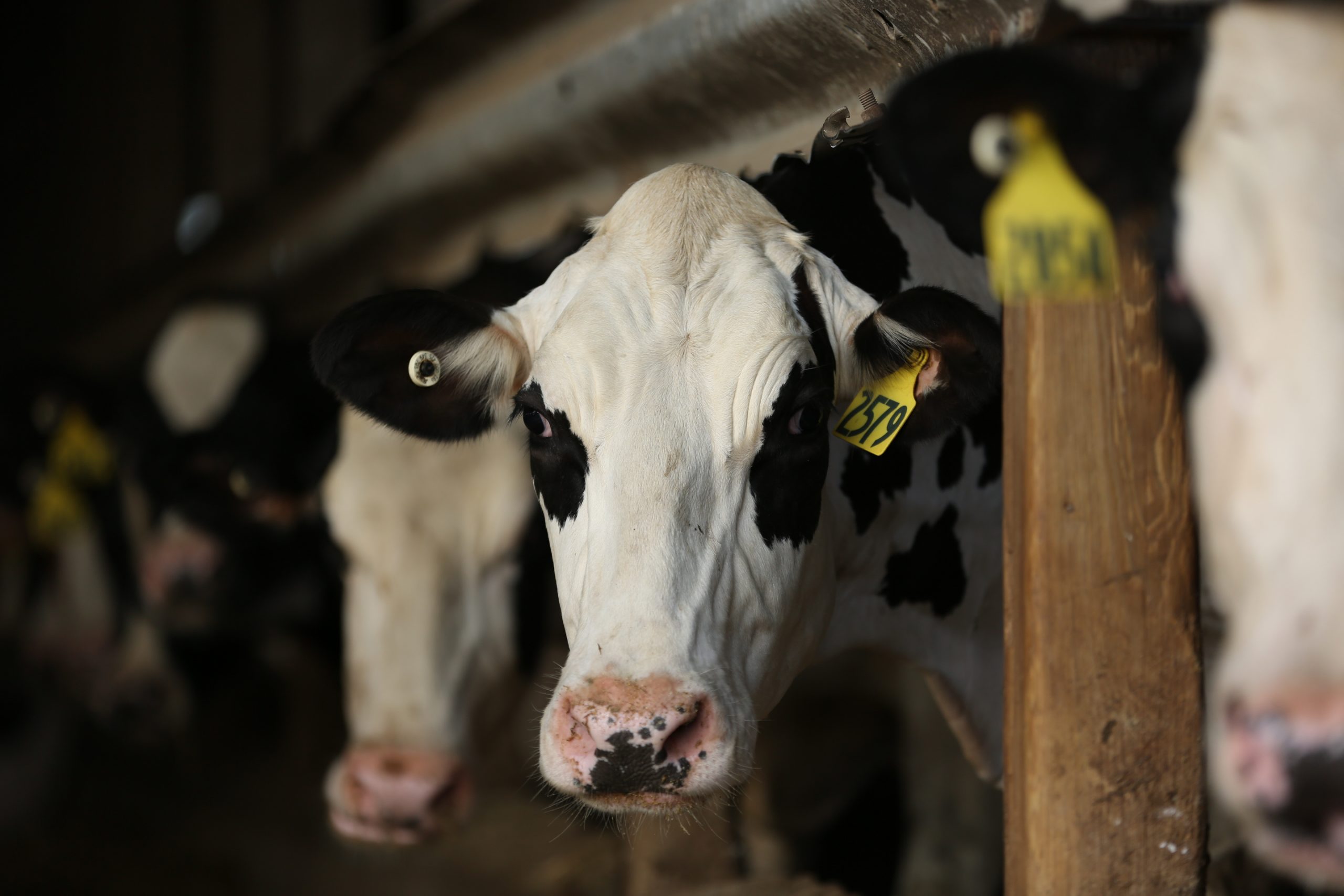
The prevalence of intramammary infections (IMI) in dairy replacement heifers ranges between 29 and 75% before parturition and from 12 to 57% in the postpartum period.1 Regarding clinical heifer mastitis, the most common isolated udder pathogens were Streptococcus uberis, Staphylococcus aureus and Streptococcus dysgalactiae.2 Research has shown that these infections occur in early gestation resulting in higher somatic cell counts (SCC) at freshening, reduced milking performance and the risk of early culling from non-treatable mastitis infections.1 And because replacement heifers may comprise more than 40% of the milking herd, the opportunity to spread infection to the rest of the herd is increased – not to mention the loss of dairy farm income from decreased production, discarded milk, and mastitis treatment costs. All these factors make managing mastitis in replacement heifers an important farm objective.
Mastitis Management Practices
There are many precalving treatments suggested to reduce the incidence of mastitis and IMI in replacement heifers such as the use of vaccines, antimicrobials, teat sealants, and combination of all three, which have been shown to be useful and effective methods.3
But there are alternatives to the traditional preventive treatments listed above – the immune system also plays a major role in defending against mastitis pathogens.4 In fact, research has shown that certain immune markers are associated with the immune cell’s ability to “seek out” and “kill” mastitis-causing pathogens.4,5 This prompted a study to investigate the actions of supplementing OmniGen in the diets of growing heifers, in conjunction with an S. aureus vaccination program, on the incidence of S. aureus infection pre- and postpartum and respective mammary health, SCC and milk production at freshening.
A research team from the University of Georgia teaching dairy in Athens studied 38 Holstein heifers. At five months of age, heifers were allotted to one- or two-acre pasture paddocks equipped with headlocks and assigned to a basal ration supplemented with or without OmniGen. OmniGen was fed at a rate of 4 g/100 lb of body weight and was delivered in a mix containing 10% OmniGen, 10% molasses and 80% heifer grain mix. The dietary treatments were followed through breeding age, gestation and to the day of calving.6
The Findings: Impact of OmniGen on Mastitis Incidence, SCC and Milk Yield
While the cases of mastitis was similar among the OmniGen and control fed heifers in samples collected 30 to 60 days pre-partum (88.9% vs. 90.1%), incidence among heifers at three days postpartum was 50% lower in the heifers fed OmniGen compared to the control group (11.1% vs. 20.1%).
By day 10 postpartum there was no change in mastitis cases in the OmniGen heifers (11.1%), however, the infection rate was 3-fold higher (30.1%) in the control heifers. Similarly, SCC remained lower in the OmniGen group versus the control heifers — at day two postpartum, the average SCC for the OmniGen supplemented heifers was 221,000 cells/ml, compared to the control’s average SCC of 535,000 cells/ml. By day 10 postpartum, SCC in the supplemented heifers numerically declined to 183,000 cells/ml, but SCC remained elevated in the controls, at 441,000 cells/ml.
Although not statistically different, given the limited number of heifers in the study, those cows supplemented with OmniGen prior to calving produced an average of 5.2 lb more milk daily in the first 35 days of lactation than the controls (Figure 1).
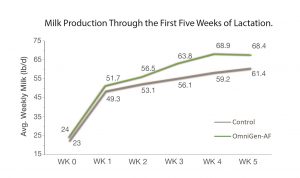
Together, these findings suggest that feeding OmniGen to help support the immune system may provide a protective effect during or following a stressful event, such as parturition. These preliminary data also indicate a possible positive postpartum effect of feeding OmniGen.
Visit www.theOmniGenDifference.com or contact your local Phibro representative to learn more.
1De Vliegher et al., 2012. J. Dairy Sci. 95:1025-1040.
2McDougall et al., 2007. N. Z. Vet. J. 55:161-170.
3Naqvi et al. 2018. J. Dairy Sci. 101:4707-4728.
4Souza et al., 2020. J. Dairy Sci. 103:5376-5386.
5Rowson et al., 2011. Animal 5:220-229.
6Ryman et al., 2013. Res. Vet. Sci. 95:969–974.
OG730721GLB ©2022 Phibro Animal Health Corporation. Phibro, Phibro logo design, Healthy Animals. Healthy Food. Healthy World. and OmniGen are trademarks owned by or licensed to Phibro Animal Health Corporation or its affiliates
Dairy Cattle Products
University of Georgia Study Evaluates Holstein Heifers Fed OmniGen® AF from Five Months Until Freshening, Measures Impact on Mastitis, SCC and Milk Yield





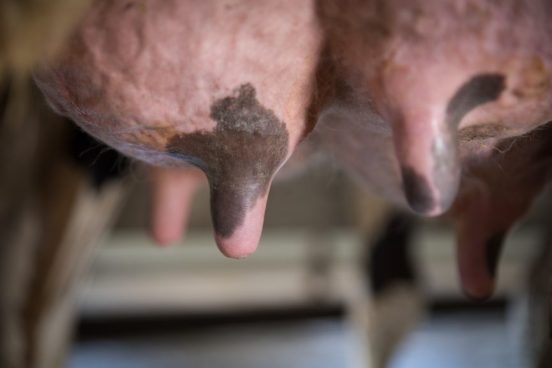
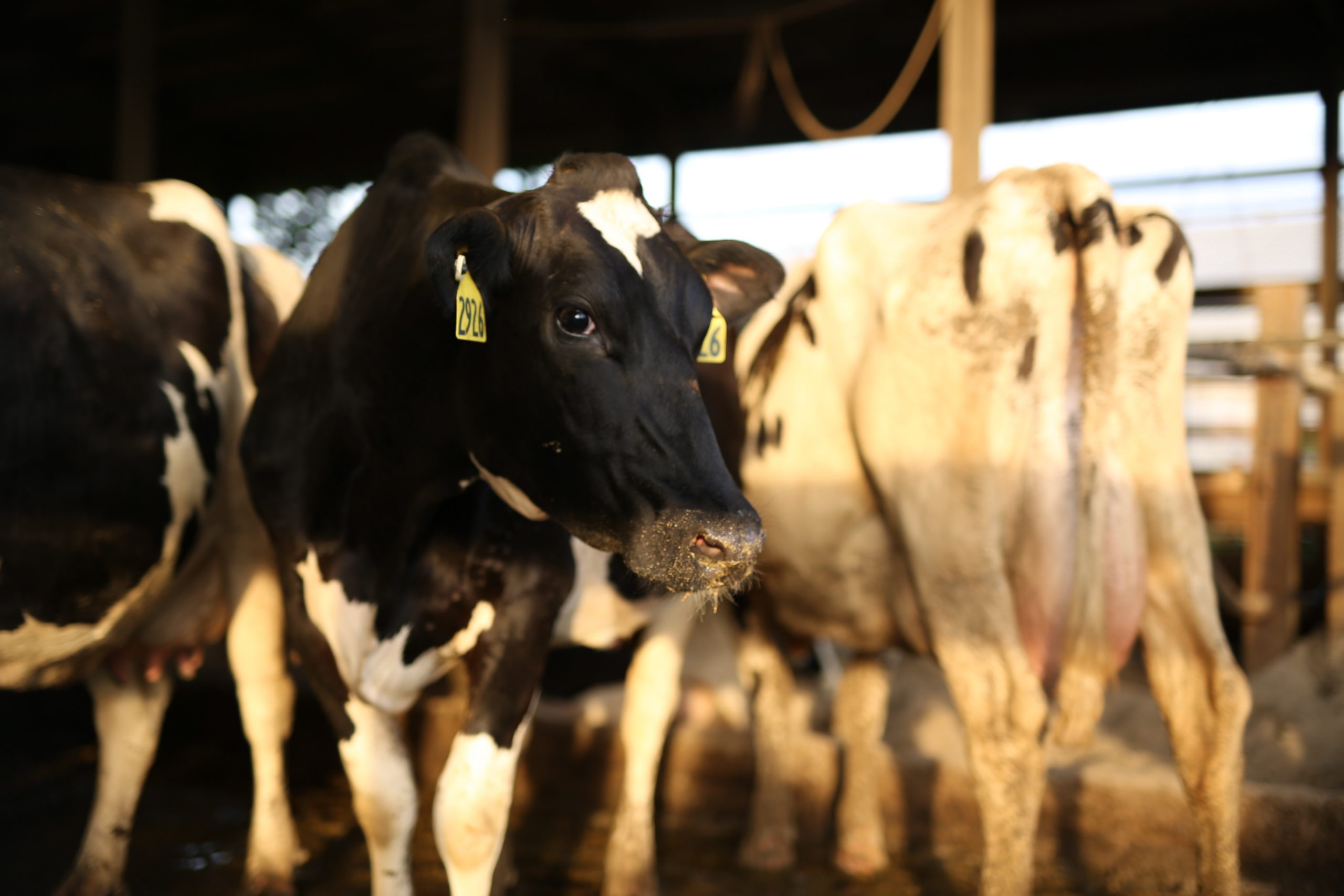
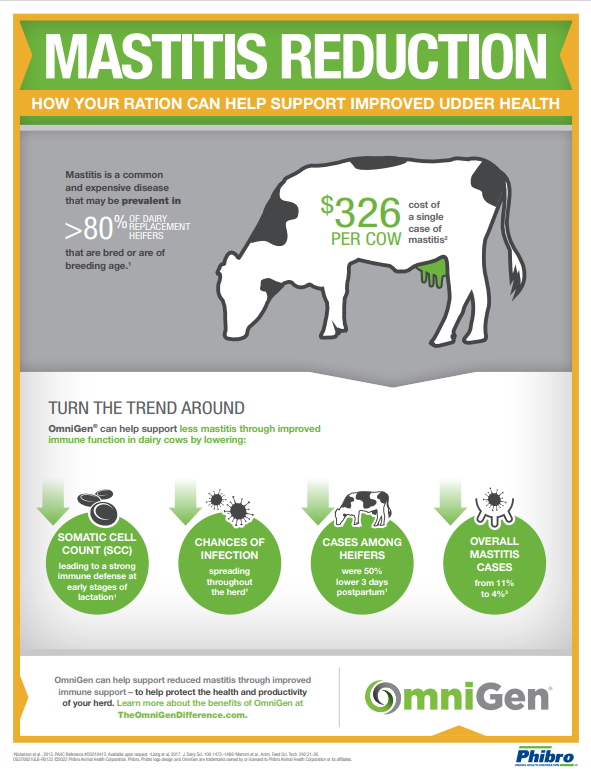
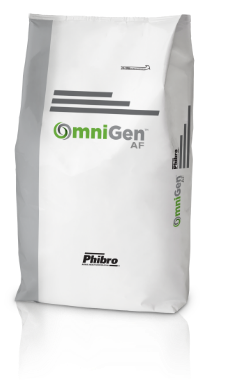
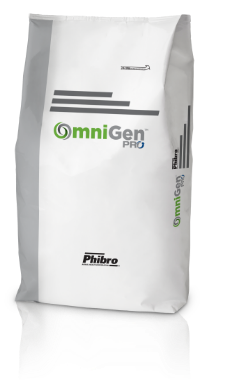
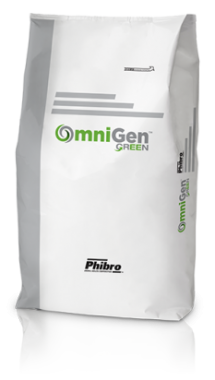
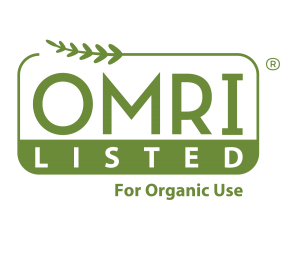 OmniGen Green is Organic Material Review Institute (OMRI) listed.
OmniGen Green is Organic Material Review Institute (OMRI) listed.